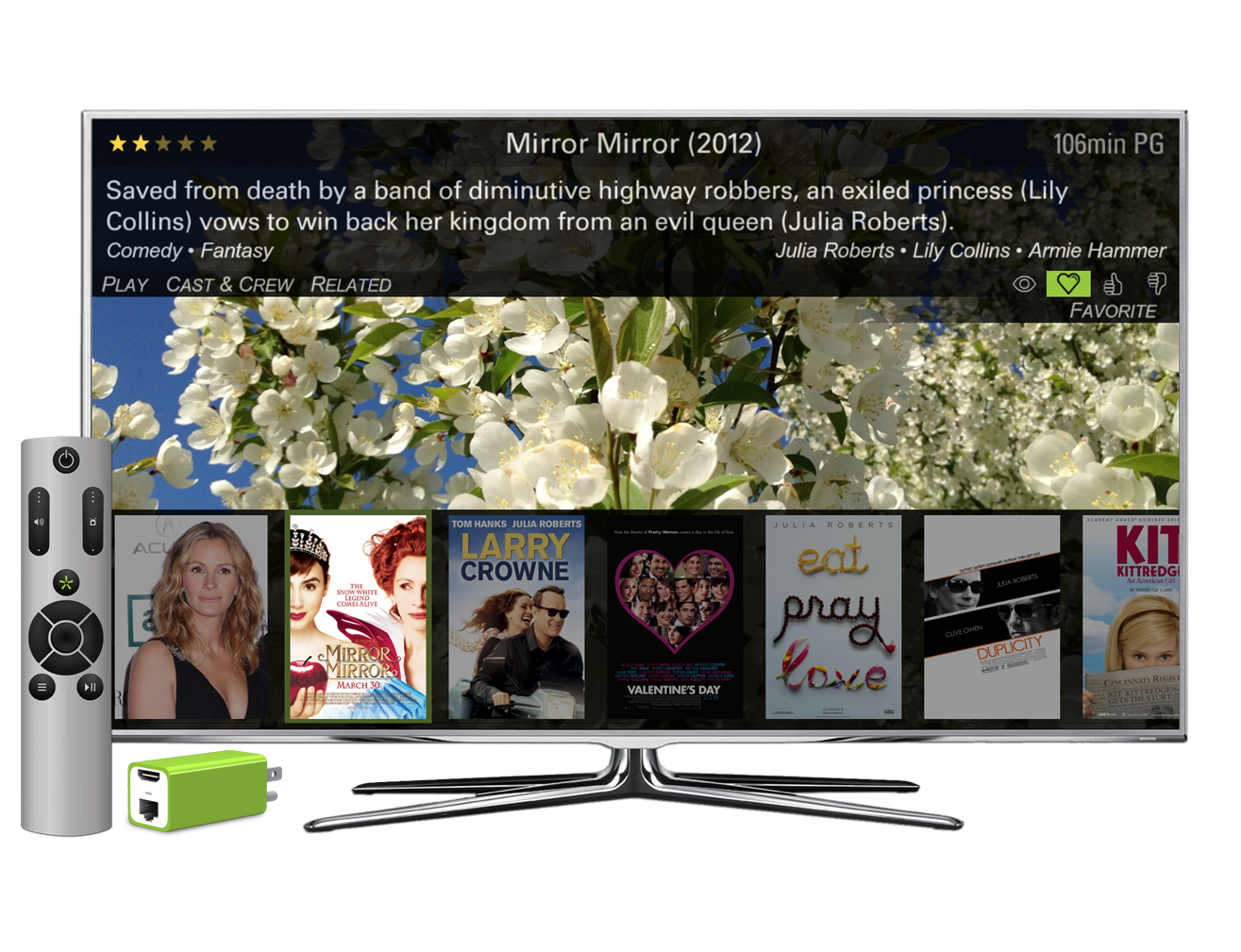WebTuner Makes Its ‘Virtual MVPD’ Pitch

WebTuner, a startup run by a group of cable and video tech vets, is joining a small yet growing group of companies that is working on a next-gen IP video platform that, it claims, will be capable of serving up a mix of live TV, video-on-demand and over-the-top video services.
Founded in 2010 and based in Redmond, Wash., WebTuner will base its “virtual MVPD service” on a cloud-based infrastructure that is being paired to a colorful line of miniature IP video clients and a fancy user interface that runs on Android.
But rather than building a “virtual MSO” that would sell services directly to consumers via broadband, WebTuner intends to partner up and integrate with large and small multichannel video programming distributors, including incumbent cable operators.
That approach appears to share similarities to one being pursued by Layer3 TV, a company founded last year by several execs from the cable industry that is billing itself as a “next-generation cable provider.”
WebTuner’s baseline device/adapter that will run video services securely over WebTuner’s platform is outfitted with a dual-core ARM-based processor, an HDMI port, as well as integrated dual-band Wi-Fi, Bluetooth and Zigbee wireless connectivity, according to the company, which will be tooting its horn at next week’s NAB show in Las Vegas.
Although this adapter will be capable of streaming video, it’s really “a plug-in computer” that provides security at the chip level and will perform all the key functions found in a traditional set-top box, said WebTuner CEO and co-founder Bernee Strom, a “serial entrepreneur” who is late of companies such as Gemstar–TV Guide (now part of Rovi), Priceline.com, and Infospace, among others.
WebTuner is pairing that device up with a remote control with seven buttons on its front side, a full QWERTY keyboard on the flipside, and the ability to speak both IR and RF.
The smarter way to stay on top of the multichannel video marketplace. Sign up below.
The device and the UI will also support an audience measurement system that could be used to deliver addressable and interactive advertising, Strom said.
Because WebTuner’s intention is to partner with MVPDs, it will rely on a bring-your-own programming and content rights model “for the most part,” she said, noting that WebTuner is also working on its own content deals.
And it’s already holding talks with cable operators and industry organizations, including the National Cable Television Cooperative, a buying agent for about 1,000 independent cable operators.
“WebTuner is arriving at the right time, as MVPDs need a better more modern option to deliver video to their customers,” said NCTC president and CEO Rich Fickle, in a statement. “A dramatically improved user experience, lower cost consumer devices and Internet access for content across multiple screens are essential elements for our members to remain competitive. We are in discussions with WebTuner and encourage innovative companies like them to bring innovative options to our members.”
But how MVPDs or others will work with WebTuner is an open question and will be dependent on their distribution rights. That could pave the way for a full suite of services delivered over IP, or set up new types of “lite,” more personalized video tiers that are tailored to college students, cord-cutters and other consumer segments.
As for WebTuner’s readiness, she said the company will have its UI completed by May (they’re open to licensing it), with its video adapters ready by the end of this summer. Its full platform will be set for launch by the second half of the year, she said.
WebTuner has raised $12 million of an anticipated $20 million round of funding. It has 15 employees, with developers in Toronto, Ukraine and Israel.
More detail about WebTuner and its approach will be covered in the April 7 issue of Multichannel News. In the meantime, here's a promotional video about WebTuner.
